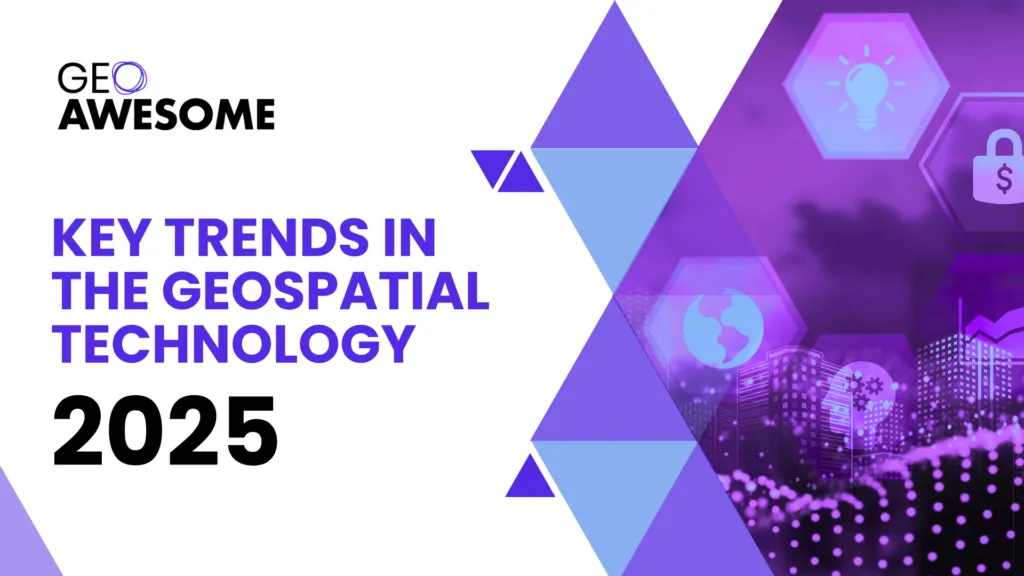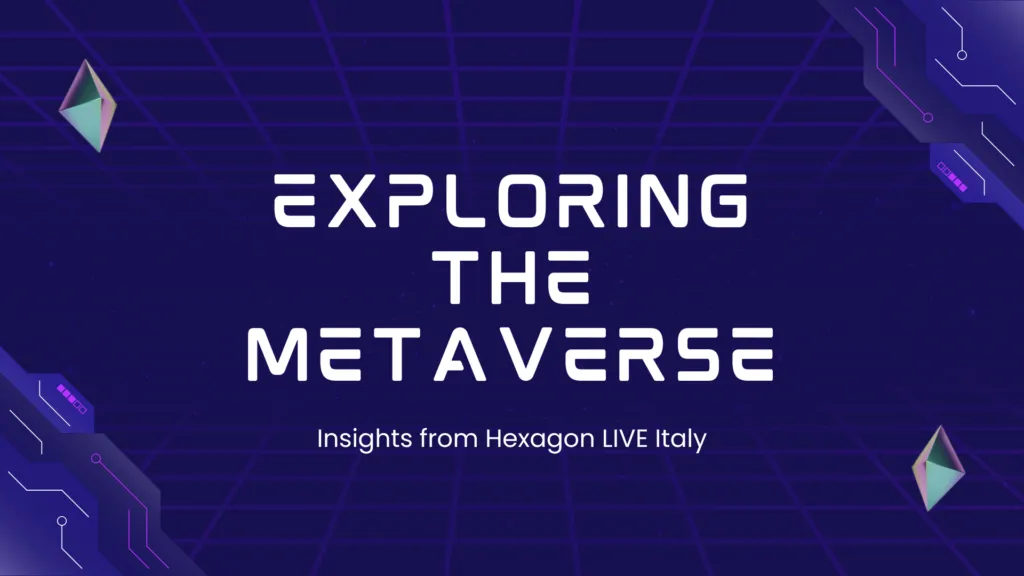
Unlocking the Future: Key Trends in Geospatial Technology for 2025
The geospatial industry keeps evolving, from drones and Earth Observation to sustainability. While we’ve made significant strides, many opportunities remain untapped. From the potential of GeoAI to the expansion of Earth Observation data, there’s a mix of impressive progress and areas where expectations have fallen short. Here’s my take on the key trends reshaping the geospatial landscape as we head into 2025.
1. GeoAI: A Long Way to Go
GeoAI holds immense promise, but I remain disappointed with many practices occurring in the market. Many startups claiming to offer AI-powered solutions are, in reality, relying heavily on traditional geospatial analytics and manual efforts. While some use cases related to image data, such as detecting building footprints or roads, are well-established, challenges remain in solving more complex problems like identifying subtle environmental changes. The root of the problem lies in the sheer difficulty of training machine learning models, which require vast amounts of high-quality data. This challenge is particularly pronounced when training models to detect rare occurrences, as often not enough examples are available to create robust and reliable training datasets.
I believe the market could greatly benefit from more transparency, particularly regarding how AI solutions are developed and deployed. For instance, many claims about AI-driven geospatial tools lack clarity on the extent of human intervention involved or the limitations of the underlying algorithms. Greater openness in these areas would empower stakeholders to make informed decisions, foster trust, and accelerate innovation.
At PwC, my team prioritizes addressing critical client challenges rather than developing AI technology itself. By concentrating on specific problems, we design workflows that integrate geospatial analytics with a suite of AI tools to automate processes as much as possible, while acknowledging that human oversight remains an essential component.
Looking ahead, I’m optimistic that GeoAI technology will continue to advance, and I expect the regulatory landscape to demand greater transparency, fostering a more accountable and innovative market environment.
2. Expansion of Earth Observation (EO)
A New Era for Commercial Satellites
The EO sector is on the cusp of a revolution. Currently, there are about 15 optical satellites capable of capturing 30cm resolution imagery in orbit. Over the next few years, this number is projected to exceed 120, driven by ambitious initiatives from key players like Planet, which is expanding its Pelican constellation; Maxar, advancing its WorldView Legion constellation; and Airbus, enhancing its Pléiades Neo Satellites. Additionally, the Earth Daily multispectral constellation is expected to become operational by 2025, promising new capabilities in monitoring and analysis. Synthetic Aperture Radar (SAR) constellations are also witnessing rapid growth, with notable contributions from companies like Iceye and Synspective, among others.
This unprecedented growth in commercial satellite data is creating a wealth of opportunities for industries to access high-frequency, high-resolution imagery. It’s a game-changer, and I’m excited to see how it reshapes industries in the years to come.
Increased Commercial Adoption of EO Data
With the growing availability of data, new use cases are continuously emerging, and existing ones are becoming more feasible. While defence and government applications have traditionally been the primary users of this technology. I foresee significant growth in the commercial adoption of EO data, driven by an increasing supply of data and the resulting development of flexible business models. These advancements will make EO data more accessible and attractive to businesses.
Achieving this shift requires EO companies to align more closely with the specific needs of their clients, providing tailored solutions and adequate support to ensure a meaningful Return on Investment.
3. Organic Growth in the Drone Sector
The drone sector is growing steadily, and I find it particularly encouraging to see regulators becoming more willing to grant Beyond Visual Line of Sight (BVLOS) authorizations for industrial large-scale operations. This is paving the way for expanded commercial use cases, including remote operations for asset inspections, delivery services, and environmental monitoring. The potential here is enormous, and I believe drones will continue to play a crucial role in bridging gaps in accessibility and efficiency across various industries.
4. Increasing Demand for Location-Based Services and Location Intelligence
Location intelligence and real-time geospatial data are becoming indispensable tools for businesses. From optimizing logistics to enhancing customer experiences, the demand for location-based services continues to grow. In my view, this trend will only accelerate as companies realize the strategic advantages of integrating geospatial insights into their decision-making processes.
5. Geospatial Data for Sustainability and ESG
Sustainability is no longer optional. Regulations like the EU’s Corporate Sustainability Reporting Directive (CSRD) are compelling companies to provide transparent analyses of climate-related physical risks. However, geospatial analytics go beyond mere compliance, acting as a cornerstone for informed political and business decisions. Spatial data is critical for decarbonization, adaptation, and monitoring efforts, enabling companies to address climate-related risks proactively.
Applications such as tracking deforestation, managing water resources, and mitigating urban heat islands underscore the indispensable role of geospatial technology in crafting sustainable strategies. These capabilities empower organizations not only to meet reporting requirements but also to shape effective policies and decisions that align with broader ESG goals.
The intersection of geospatial technology and ESG priorities represents one of the most transformative trends of our time. As demand for transparent and actionable data grows, geospatial analytics will continue to play a central role in advancing sustainability and driving impactful outcomes for both businesses and society.
Looking Ahead
The geospatial industry stands at a critical juncture. From GeoAI’s untapped potential to the evolving roles of Earth Observation (EO) and drones, these trends are shaping an exciting future. While I am optimistic about the opportunities ahead, I also recognize the challenges that remain. To truly deliver impactful solutions for businesses and society, the geospatial sector must address its gaps and embrace innovation.
It is crucial to understand that the geospatial dimension is often just one part of the solution to societal or business challenges. The answers clients seek typically arise from a fusion of geospatial and non-geospatial data. As a sector, we must adopt a more open and realistic mindset, moving beyond the assumption that geospatial data alone can resolve every question or challenge.
Did you like this article? Read more and subscribe to our monthly newsletter!







